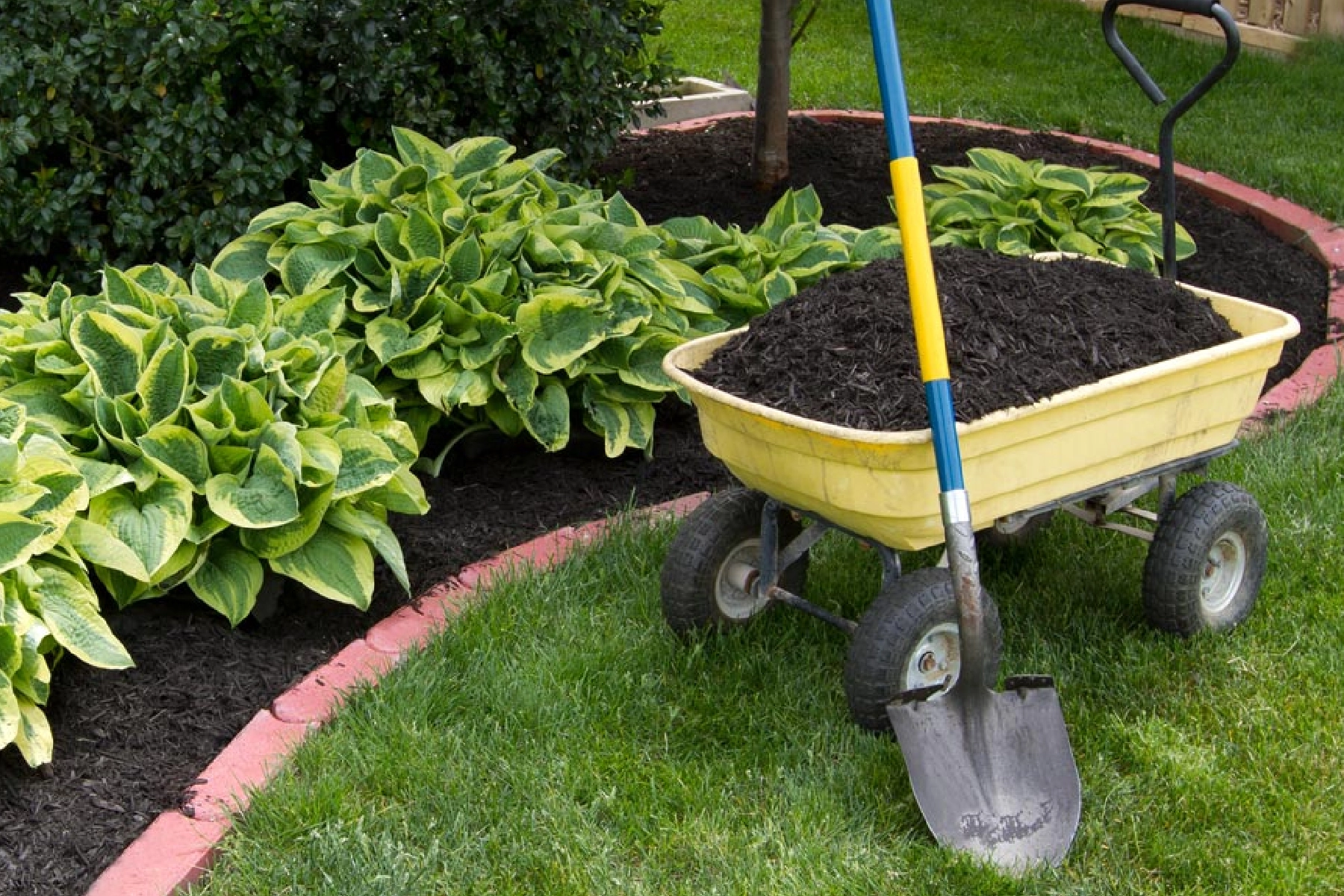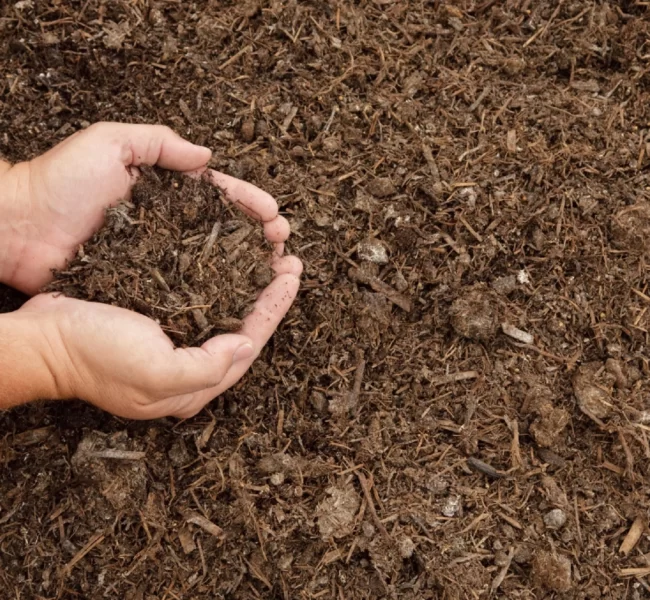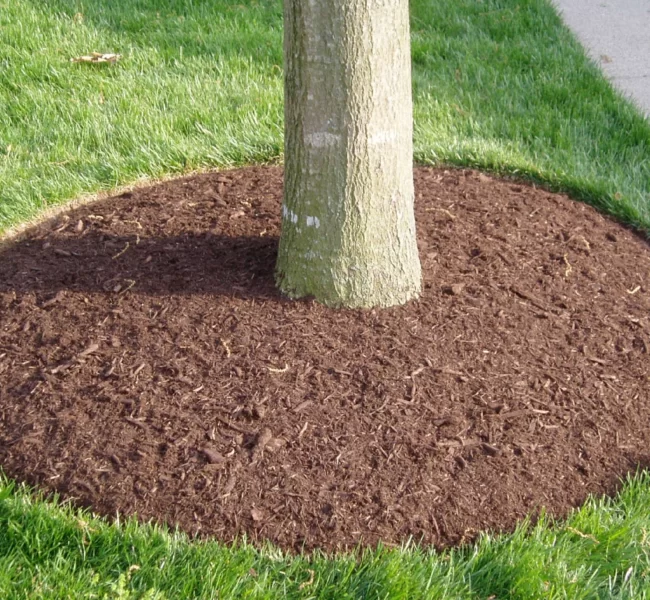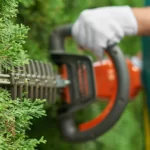Mulching and Topsoil
Mulching is the practice of covering the soil surface around plants with a protective material such as straw, wood chips, dried leaves, or other organic materials. The mulch layer provides several benefits:
Moisture conservation: Mulching helps reduce soil water evaporation by covering the soil surface. This helps to keep the soil moist for longer periods, benefiting plant growth and reducing the need for frequent watering.
Weed control: By covering the soil, mulching helps suppress weed growth by blocking the sunlight needed for weed seeds to germinate. This reduces competition for nutrients and space, favoring the growth of desired plants.
Temperature regulation: Mulching acts as a thermal insulator, protecting plant roots from abrupt temperature changes. In colder climates, it helps retain soil warmth, while in warmer climates, it provides shade and prevents excessive soil heating.
Erosion prevention: By covering the soil surface, mulching helps protect it from erosion caused by rain and wind. It acts as a barrier, preventing soil particles from being washed away, thus maintaining soil structure and preventing nutrient loss.
On the other hand, topsoil refers to the uppermost layer of soil, which is rich in nutrients and organic matter. It contains essential minerals for plant growth, as well as microorganisms and decomposed organic matter. Topsoil is crucial for gardening and agriculture due to its properties:
Nutrient supply: Topsoil is the primary source of nutrients for plants. It contains macro and micronutrients necessary for healthy growth and development. Adequate nutrient content in the topsoil is crucial for productive crops and lush gardens.
Water retention: Topsoil has a porous structure that allows it to retain water and provide a consistent supply to plant roots. This helps maintain proper hydration and prevents excessive water loss through evaporation.
Root support: Topsoil is loose and well-drained, facilitating the growth of plant roots. Roots can expand and penetrate the soil effectively to absorb nutrients and water.
The quality of topsoil is essential, as poor-quality soil can limit plant growth. Erosion, intensive agricultural practices, and soil degradation can negatively impact the topsoil layer.






